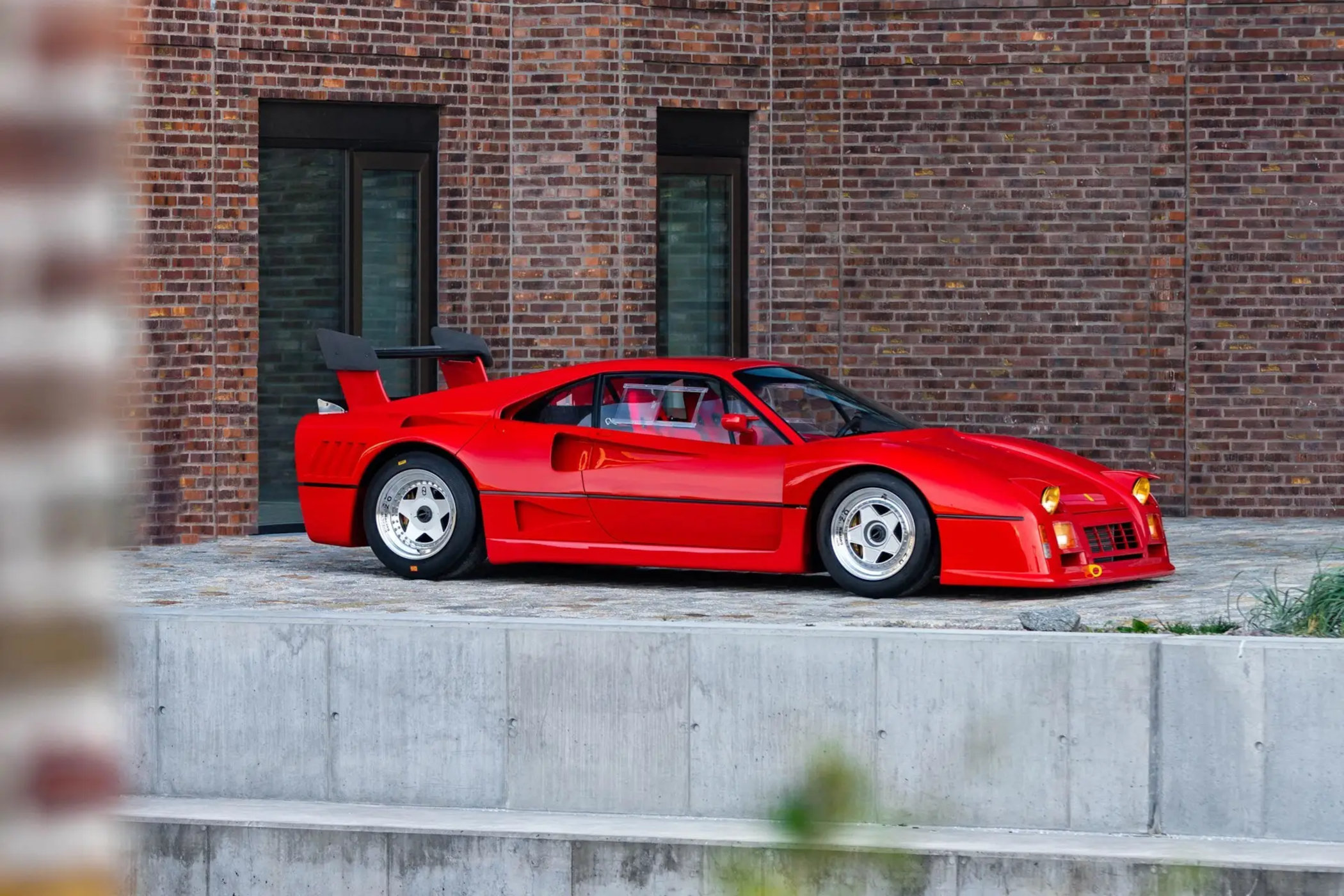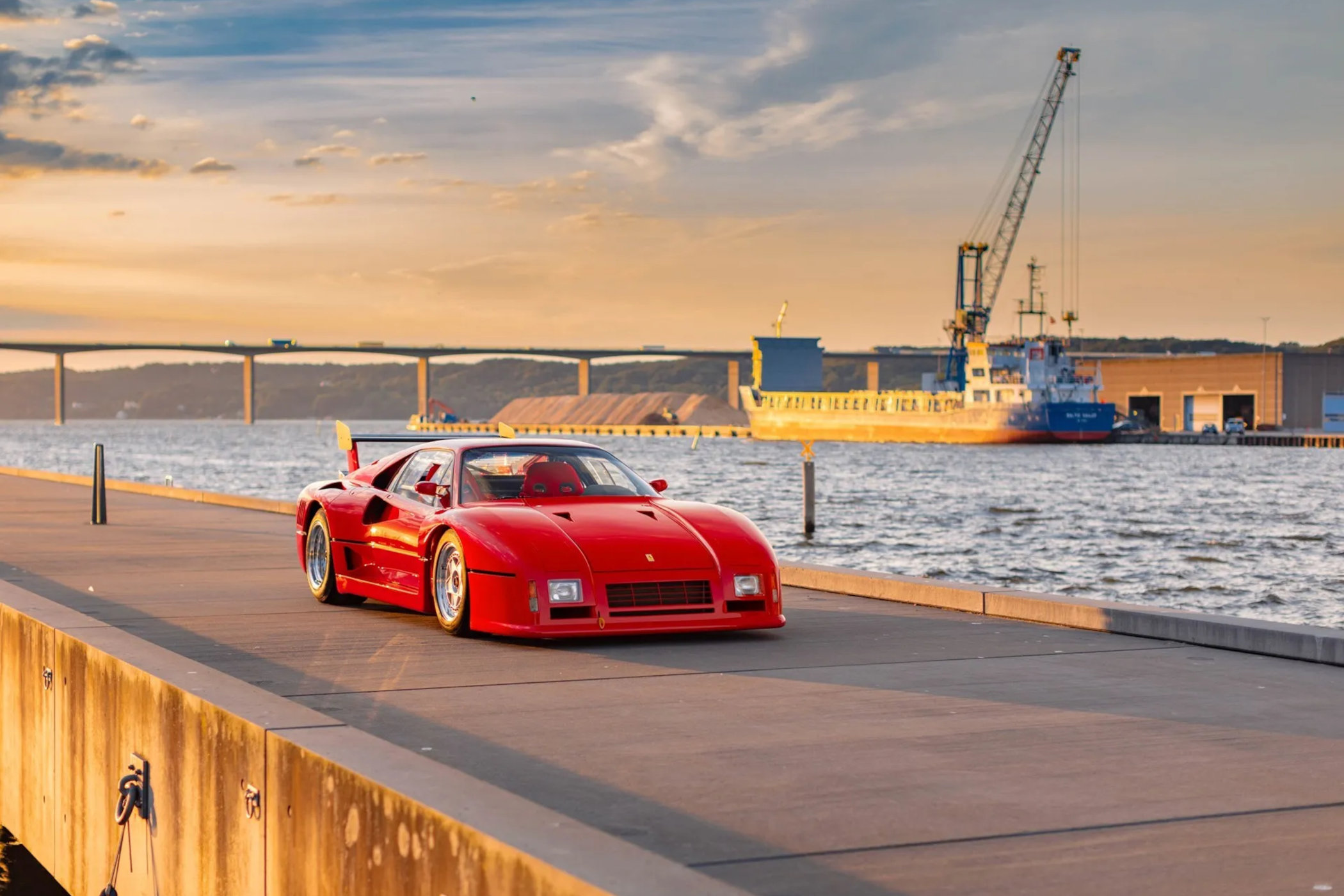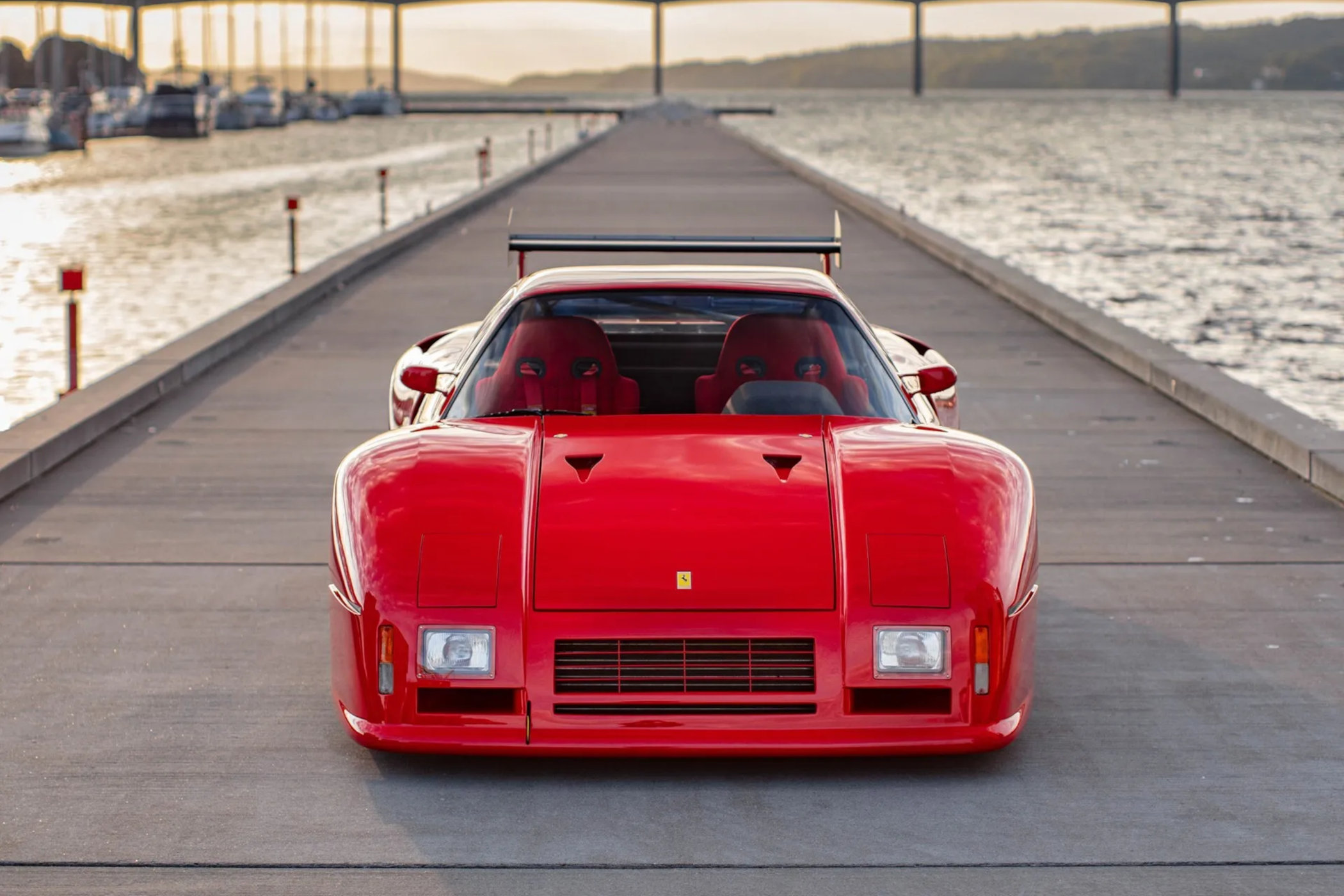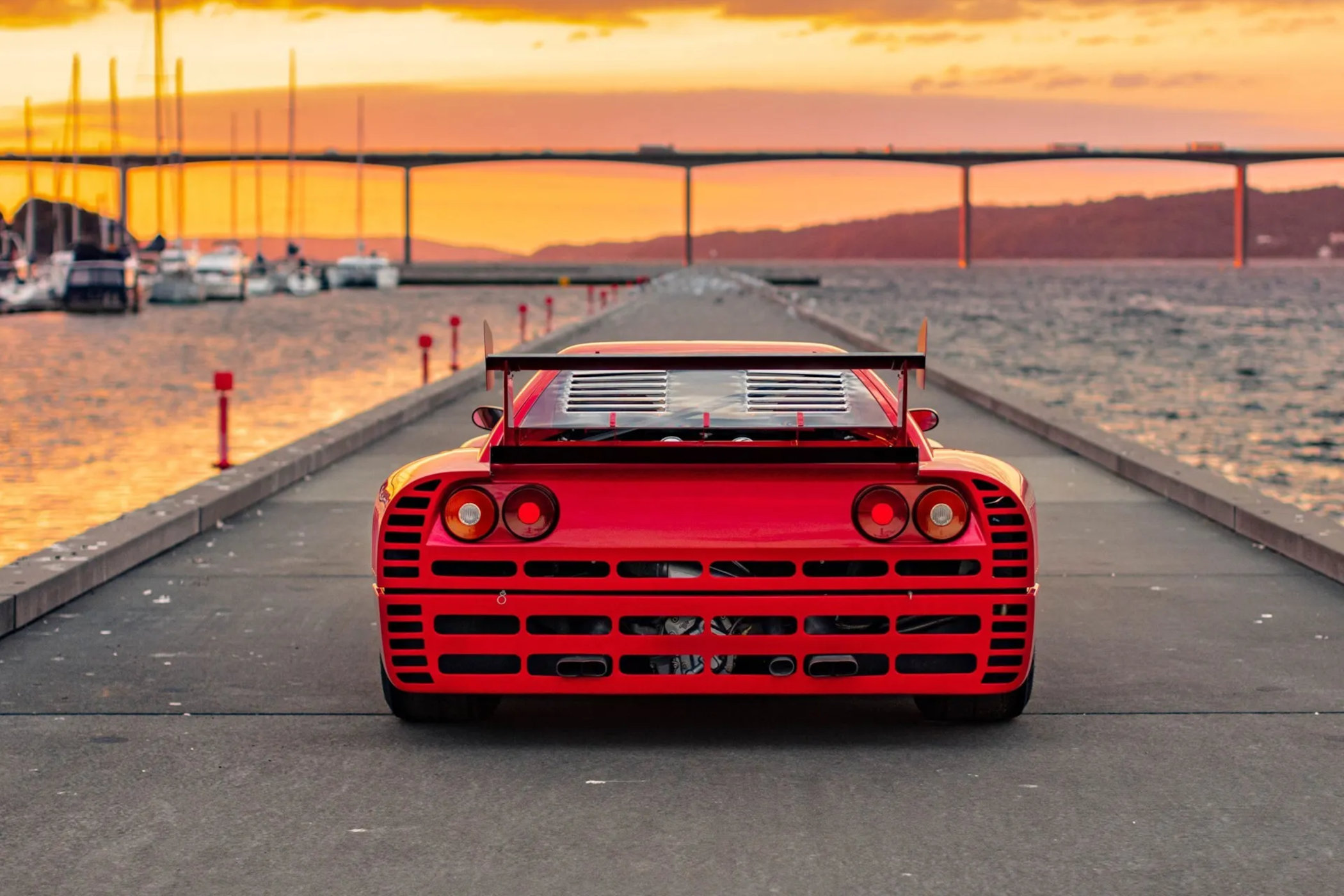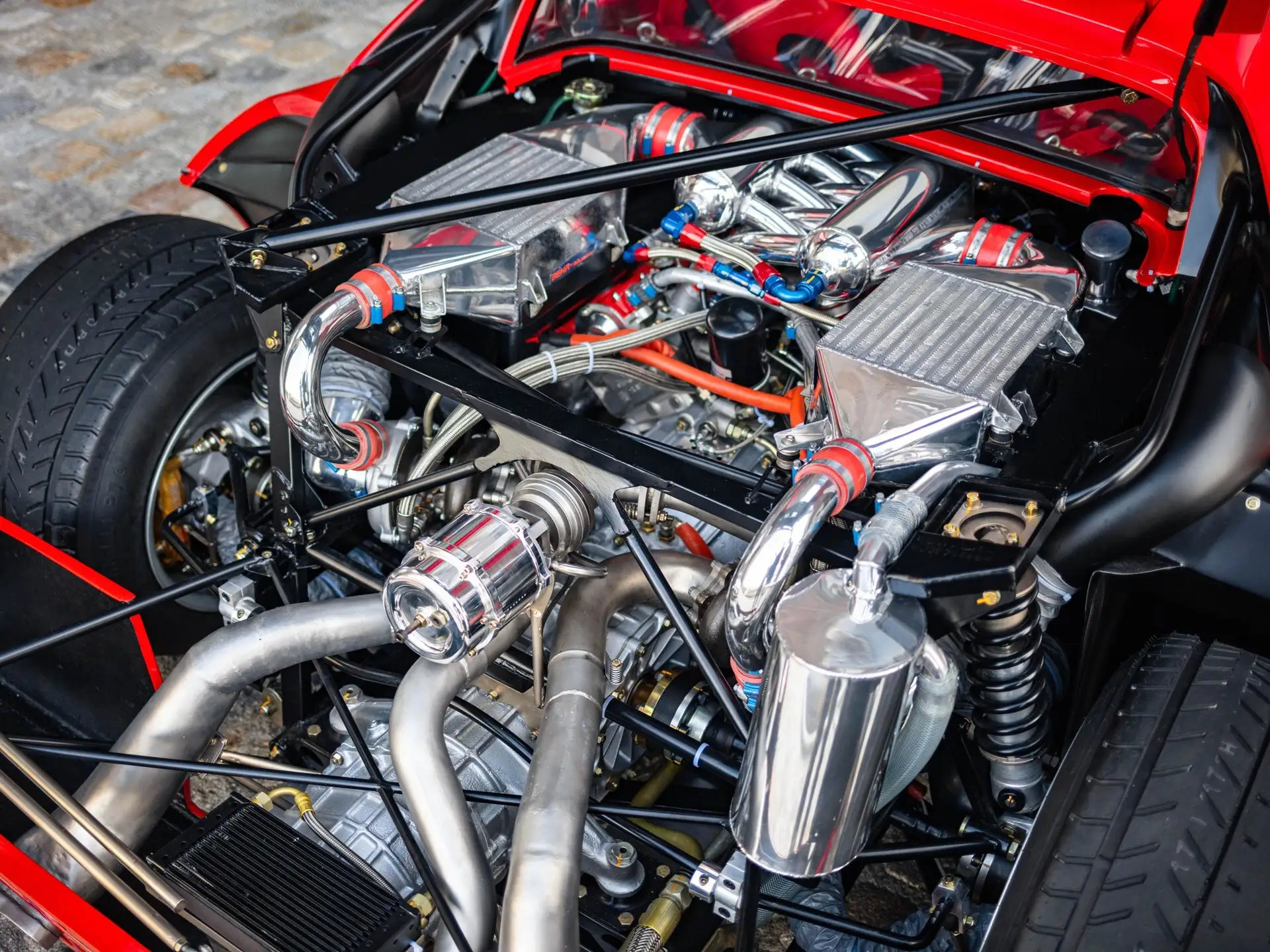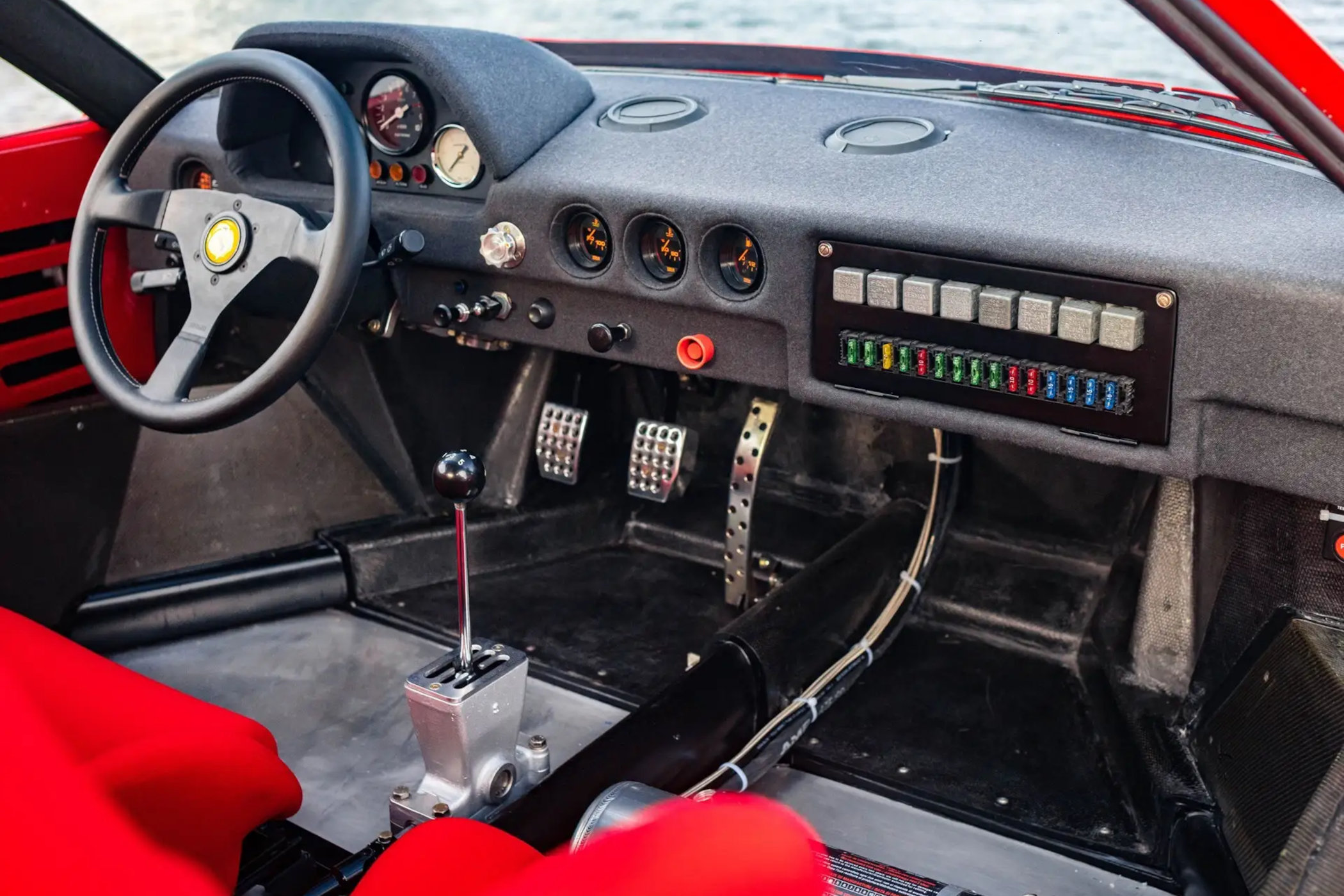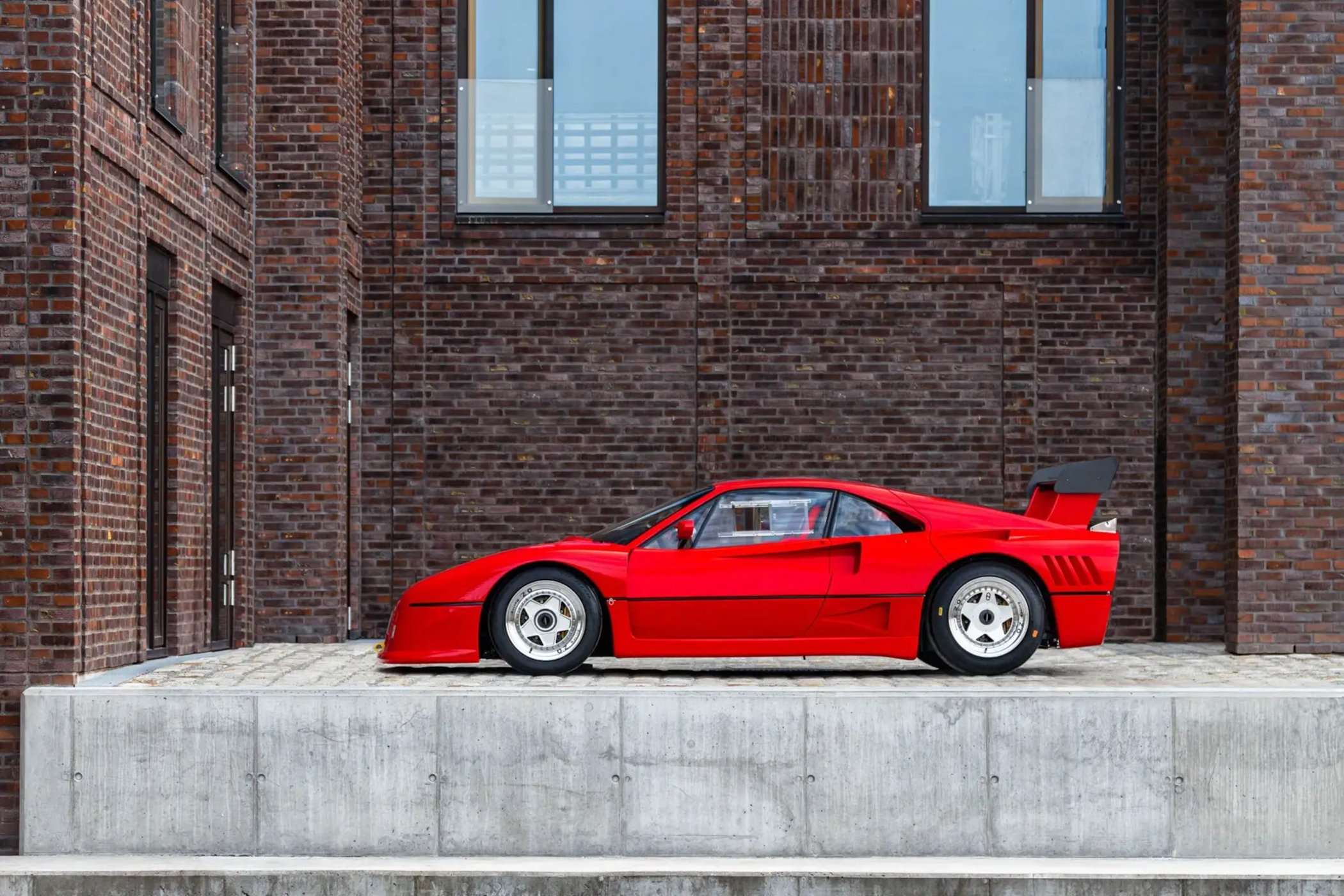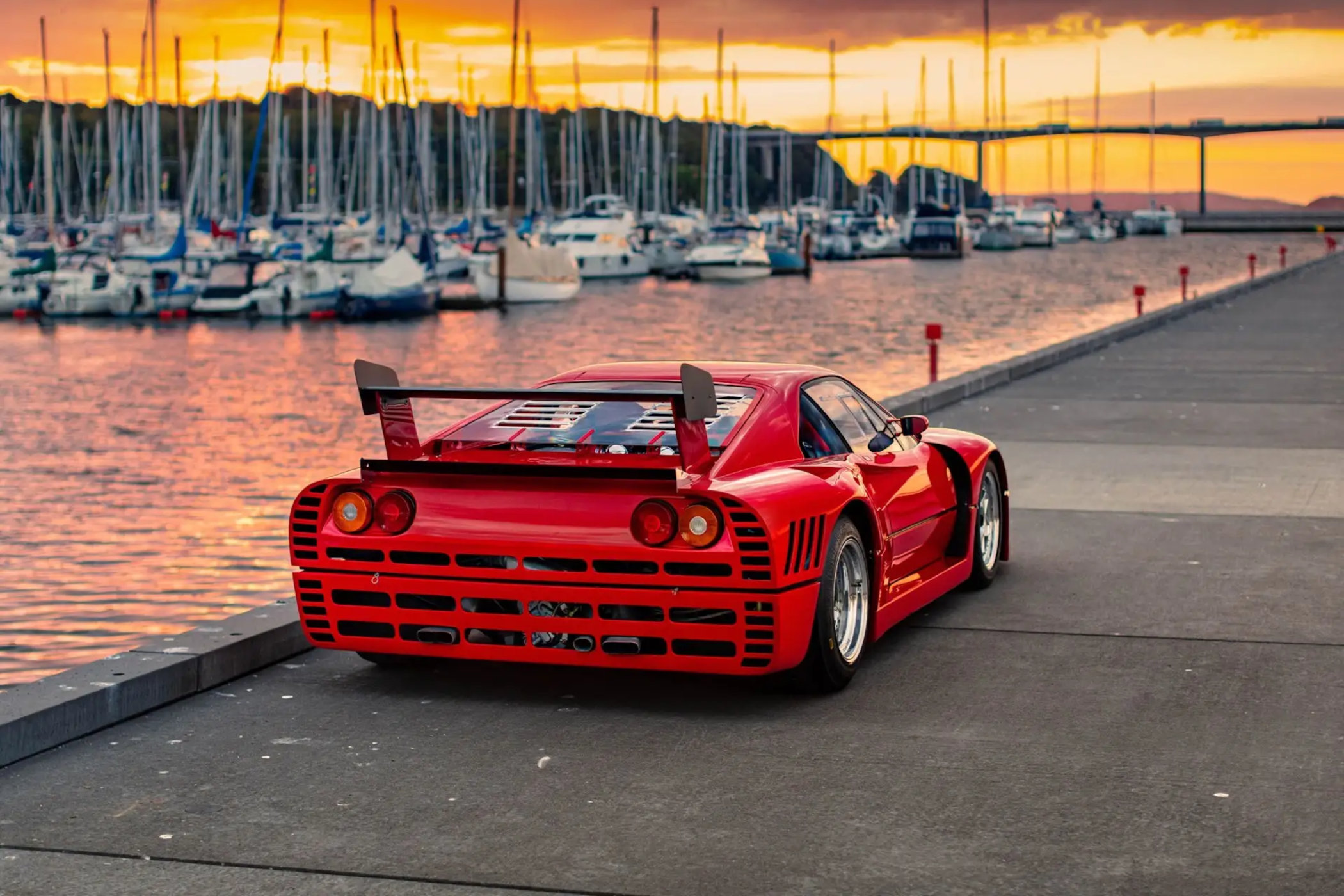Two Rather Unique Ferraris Up For Grabs – If You Have The Money To Spend
A home-built replica of a vintage "Monoposto" and an aggressive race car that sits between the 288 GTO and F40.
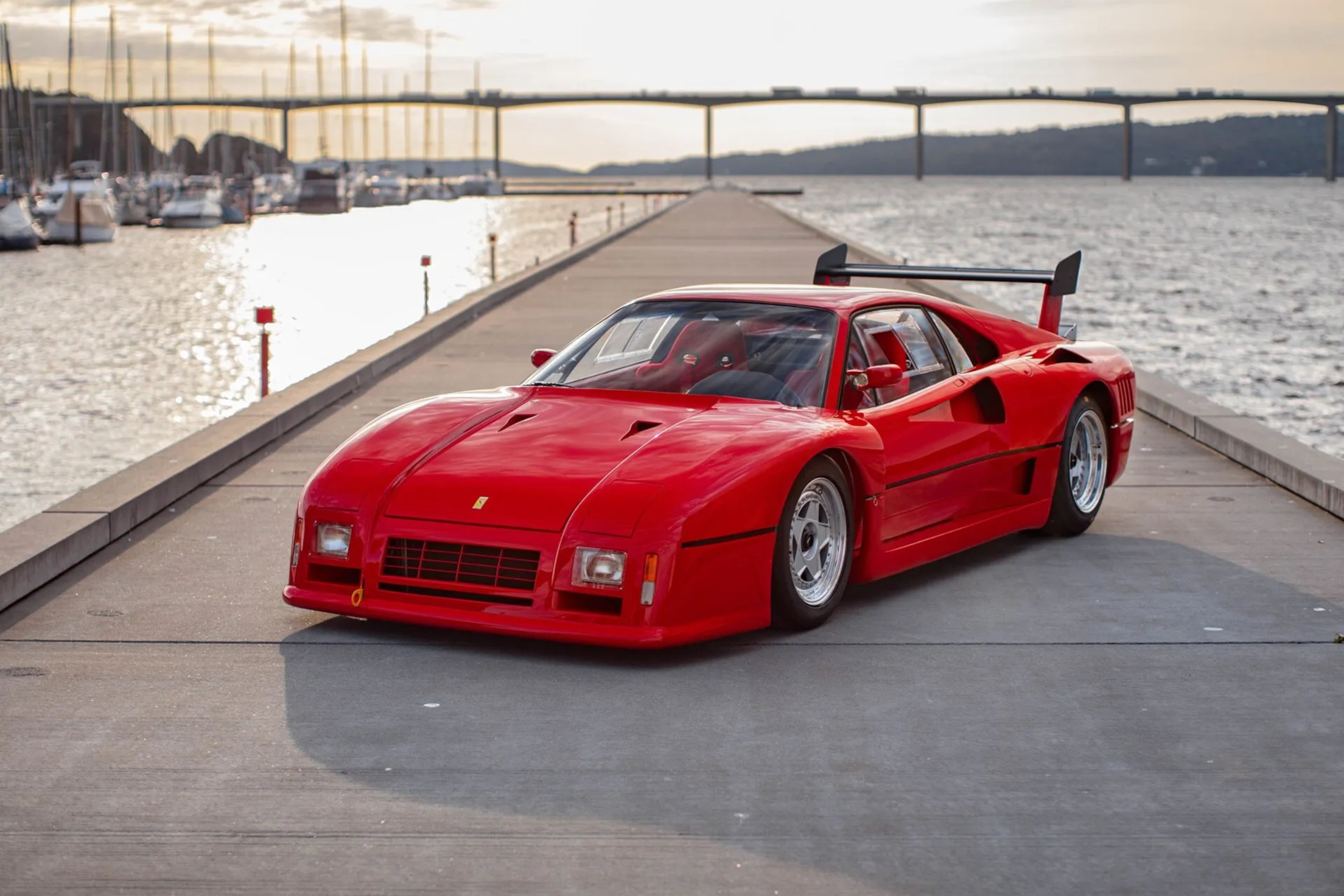
Clad in dramatic Rosso Corsa, donning the yellow-and-black Prancing Horse logo, and fitted with a high-performance engine, preferably in the back, there’s just something mystical and evocative about a Ferrari. Even when that Ferrari was never raced like it was intended to do, or a painstaking, home-built replica of a car that doesn’t exist anymore. And yes, the latter would never pass as a genuine Ferrari to purists, but if it’s done to this level, I feel it is deserving of the name regardless. In today’s episode of The Petrolhead Corner, we take a look at two very specific cars carrying the Cavallino Rampante; a recreation of the Ferrari 156 Sharknose, and the wild Ferrari 288 GTO Evoluzione.
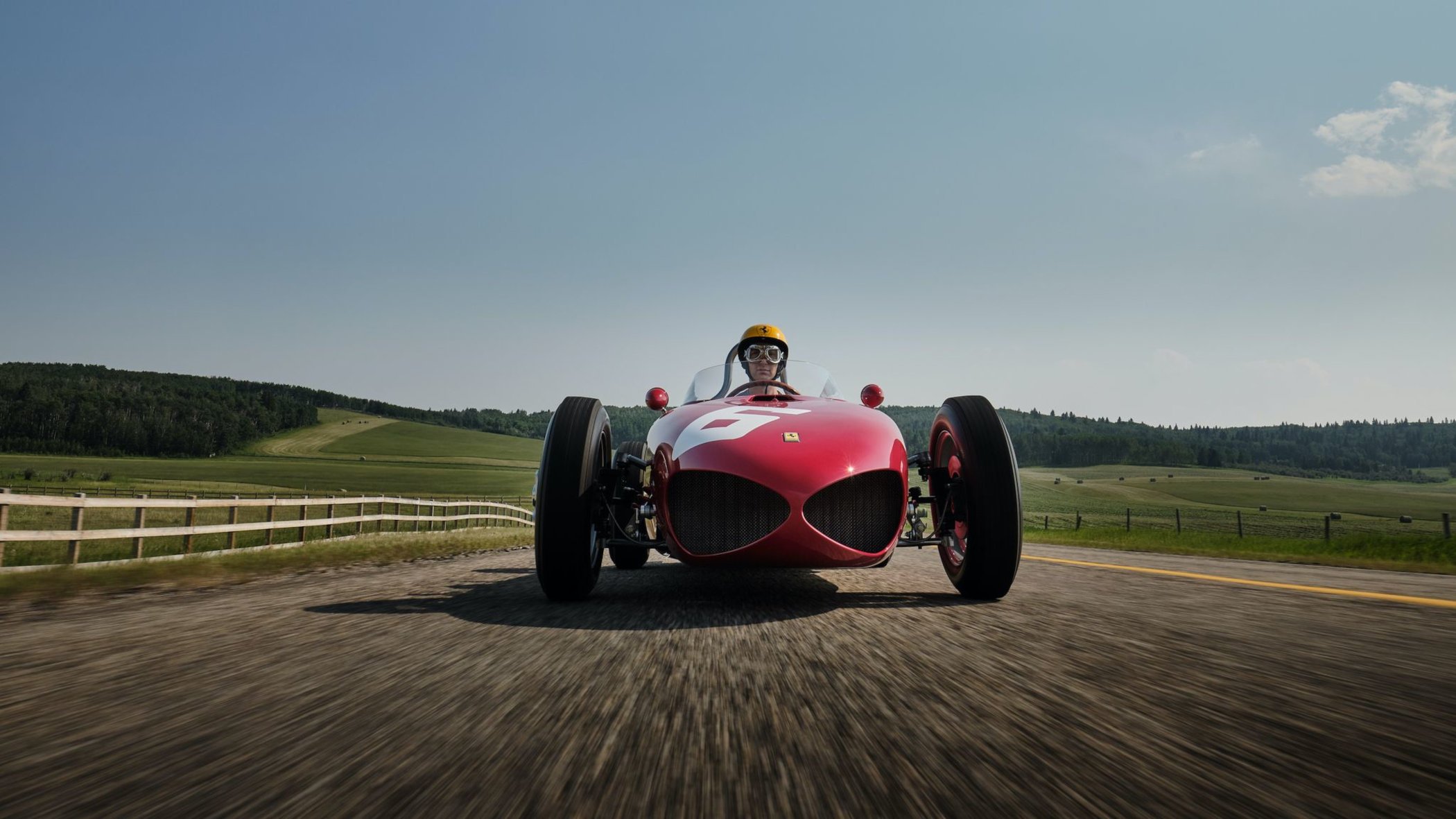
The 1961 Ferrari 156 F1 Sharknose
It’s not the first time we investigate this legendary car, as it was featured in an episode of The Petrolhead Corner before, and in our coverage of the 2018 Zandvoort Historic Grand Prix. The car has a legendary status in Formula 1 history, as well as in Ferrari’s history. Unfortunately, given the fact back in the day most obsolete race cars were scrapped entirely or used for parts in their successor, there are no original 156 Sharknose cars around. Legend has it that Enzo Ferrari himself ordered all cars to be destroyed following the 1962 season, but that remains unconfirmed.
The Ferrari 156 Sharknose, a nickname stemming from the dual-nostril intakes on the front of the sleek, cigar-shaped body, and one of the most elegant Formula 1 racing cars ever made. It is also one of the most important ones ever, as it was the first and only car ever to be piloted by an American to take the Formula 1 World Driver’s Championship. During the 1961 Formula 1 season, American Phil Hill would battle it out for victory race after race against his German teammate Wolfgang von Trips. Sadly, the 156 also has a dark page, as Von Trips was killed in a big crash at the Italian Grand Prix at Monza that same year. Coincidentally, that very race would be the title decider as both drivers were still within reach of the championship.

As said, neither of the two original Ferrari 156 Sharknose have remained, but there are at least three replicas around. During the 2018 Zandvoort Historic Grand Prix, we got to witness a pair of these, commissioned by avid collector Jason Wright. The cars were built by Stetford & Company, one with the original 65° V6 and the other with the later 120° wide-angle V6. Another high-quality replica was built by Brand Hegedus, an American-based car enthusiast and cabinet maker. With no engineering or automotive training whatsoever, Brandon Hegedus set out to build a replica of the famous Sharknose Ferrari.
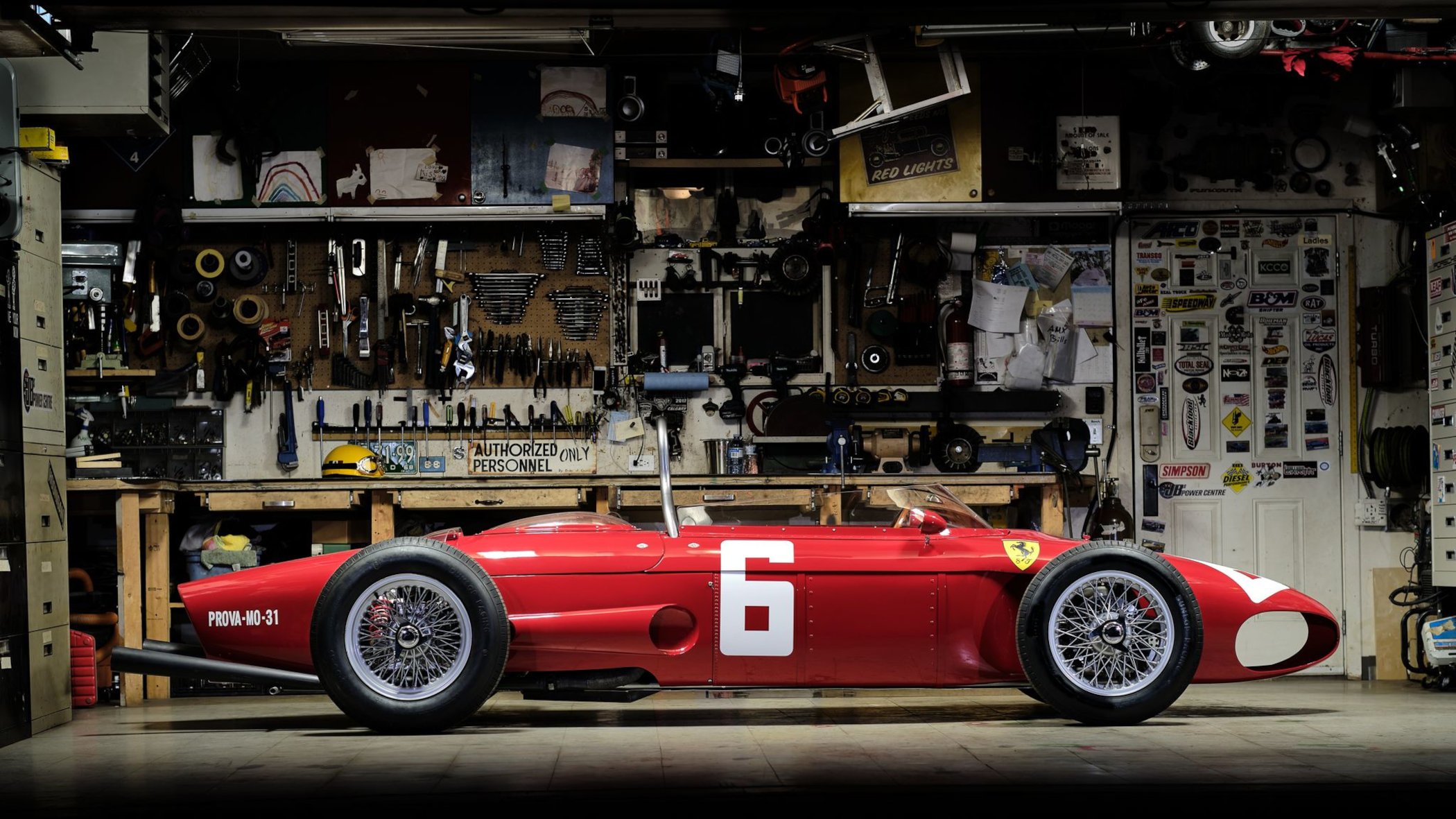
He built the tubular chassis from scratch, made a styrofoam buck to create a mold for the body panels, fabricate the body out of carbon fibre, cut the panels up to align them and start constructing the entire car. Then he sourced new wire wheels, period-correct Dunlop tires and more, all to replicate the car as close to perfect as he could. He also experimented with baking plexiglass components in his kitchen oven to recreate the glass bubbles over the air trumpets of the engine. The crowning jewel, almost literally, would be the original period-correct Ferrari badge that proudly sits on the nose, sourced from someone in Calgary, Canada.

The biggest upset might very well be caused by the engine, which is lifted from a 2003 Suzuki Hayabusa. This in-line four-cylinder engine produces 175 horsepower, more than plenty for the lightweight 156 replica. And sourcing a genuine Ferrari V6 that matches with the original cars would be an impossibly tall order, both in scarcity and money.
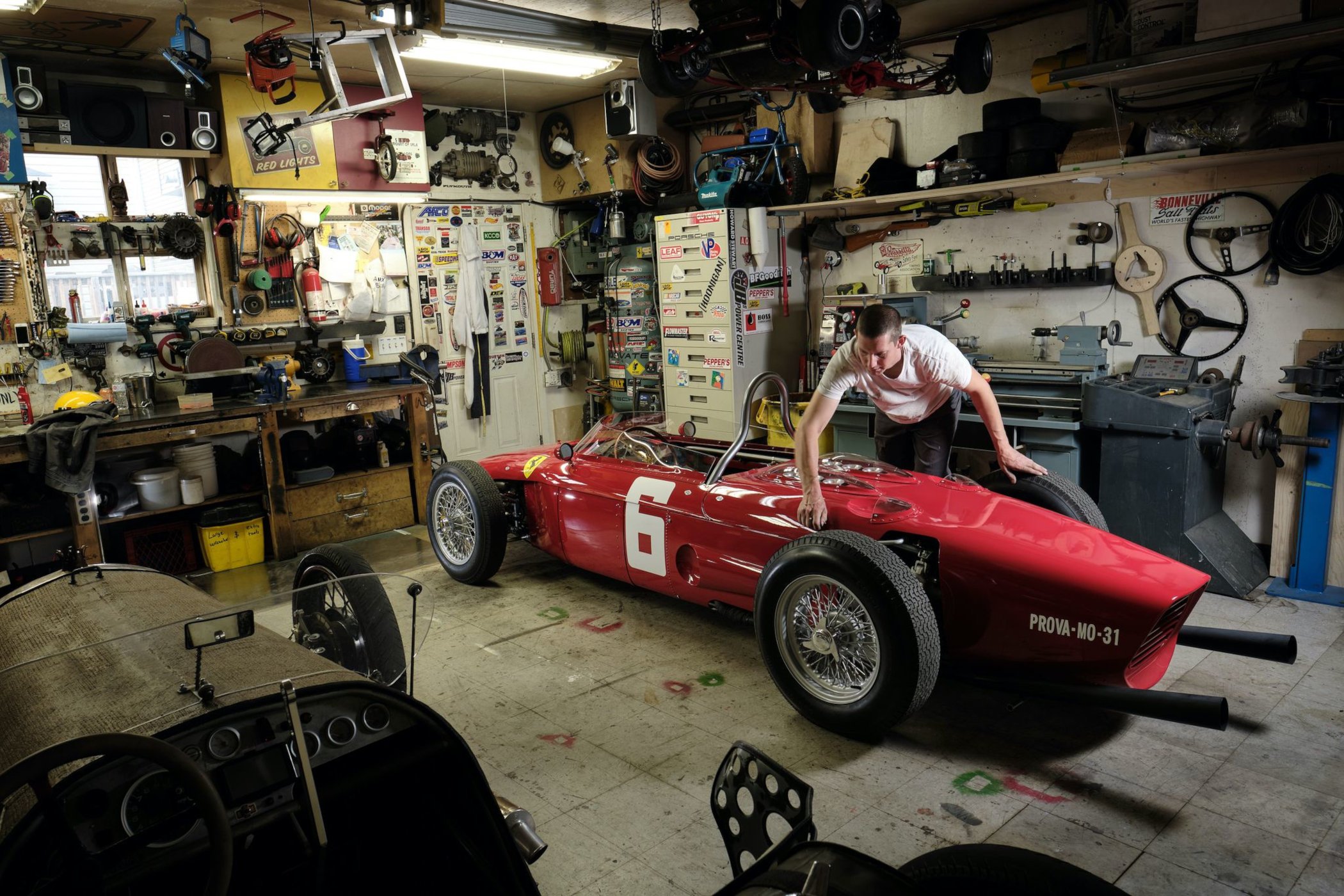
The car built by Brandon Hegedus is now for sale and listed on Facebook Marketplace. Brandon is asking for just over USD 112,000 dollar. Considering the time and effort put into creating it, this sounds like a reasonable deal to me! I bet the Stetford & Company-built replicas cost quite a bit more! Road & Track has the full story on this amazing piece of craftsmanship, and it can be seen being pushed hard in this YouTube video:
The 1987 Ferrari 288 GTO Evoluzione
The next car is very much a real Ferrari, and with only 6 built (5 production cars, 1 prototype) an extremely rare specimen. In fact, it is far more uncommon to see one of these come up for auction than it is to have one of the 32 Ferrari 250 GTOs going across the block. The car in question is the wild Ferrari 288 GTO Evoluzione, built as a full-fledged race/rally car but it was never meant to be.
Back in 1986, there was a little thing called Group B rally racing. This FIA-sanctioned off-road championship hosted quite a few iconic cars and solidified a number of rally drivers as absolute bad-ass legends. Think of the Peugeot 205 T16, the Lancia Delta S4, the Rover-Metro 6R4 and the daddy of them all, the Audi Quattro S1. These were driven by the likes of Walter Röhrl, Ari Vatanen, Stig Blomqvist and others. These firebreathing experimental vehicles created the most memorable era in rally racing ever imagined, with cars that produced well over 600 horsepower at Group B’s peak. And this Group B World Rally Championship is where the 288 GTO, and specifically the Evoluzione, comes in.
The Ferrari 288 GTO was built around a 2.8-litre twin-turbo V8 producing 400 horsepower derived from the 2.9-litre V8 in the 308 GTB that preceded it. This pushed the car to a top speed of over 300kph and a zero-to-100kph time of under 5 seconds. The 288 GTO was only the second car to bare the famous Gran Turismo Omologato name, after the aforementioned 250 GTO. The FIA rulebook sanctioned any manufacturer to build 200 homologation specials in order to be allowed to compete, and as such Ferrari ended up building 272 of them.
Ferrari made use of a loophole in the rulebook of Group B rallying. The FIA stipulated that of any production car with more than 200 examples built, only 20 evolution cars would need to be built in order to allow that evolution car to enter Group B. Ferrari went to work and gave birth to the 288 GTO Evoluzione. It had a radical kevlar and carbon fibre body with big wings and lots of air intakes and outlets. If you look closely, especially from the side, you can already see the outline of the Ferrari F40 that followed.
In terms of power and performance, the engine was the same 2.8-litre twin-turbo V8 but fitted with much bigger turbos. This upped the power to a monstrous 650bhp, enabling a claimed top speed of 370kph. Unfortunately, the timing was off for Ferrari and the cancellation of Group B by 1986 meant that neither the 288 GTO nor the 288 GTO Evoluzione would enter. In the end, only five of the Evoluzione models were built and none of them ever entered any form of official competition.
One of these five ultra-special Ferrari 288 GTO Evoluzione’s is coming up for auction soon, through RM Sotheby’s. Chassis number 79888 will be sold during the upcoming Sotheby’s Sealed auction at the weekend of the 19th to 21st of October. Once owned by people like billionaire entrepreneur Lawrence Stroll, now the Executive Chairman of Aston Martin, you have a chance to get your hands on this rare piece of Ferrari history. There’s no estimate or reserve, but considering the fact a “regular” Ferrari 288 GTO just sold for 4.4 million USD, you can bet it’s not going to be cheap!
For more information on the Ferrari 288 GTO Evoluzione, please visit RMSotheby’s.com. If you want to know more about the Ferrari 156 Sharknose replica, please visit RoadandTrack.com.
Editorial Note: The images of the Ferrari 288 GTO Evoluzione have been provided by RM Sotheby’s. The images for the Ferrari 156 Sharknose replica are either our own, or sourced from Road & Track magazine.


